Guide 01
What checks should you perform on your car before setting off on holiday?
Guide 01
What checks should you perform on your car before setting off on holiday?
A road trip at last! But while you can sit back and relax, your car has a lot to cope with. The greater load, high speeds, hot weather, and long downhill stretches are a source of immense strain, not just for the brakes. To make sure your car gets you safely to your destination it is well worth giving some thought to a few important checklists before taking the long trip.
- The tyre inflation pressure should be adjusted to the next highest total car weight for safer driving and to reduce fuel consumption and tyre wear on that road trip. Important information can be found in the owner's manual, maintenance guide, on the inside of the tank flap, on the door pillar or in our Tyre guide.
- Do not load the car beyond the limits specified in the vehicle documents during a long trip.
- Check the condition of the jack, tool kit, hazard warning triangle and first aid kit and replace if necessary before taking that road trip.
- Check the levels of windshield washer fluid and anti-freeze.
- Check the oil level and top up if necessary before taking the long road.
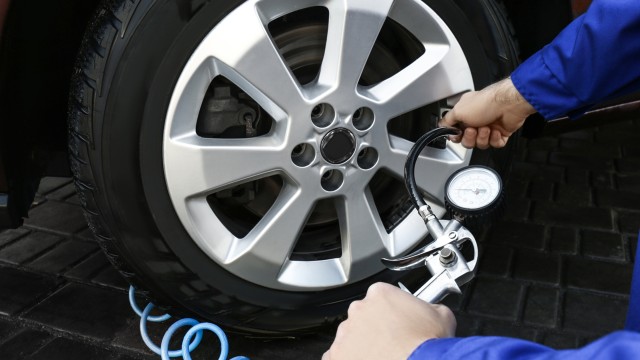
Guide 02
How is it best to pack the vehicle?
Guide 02
How is it best to pack the vehicle?
Have you any idea how much force can develop inside a car on full braking or in an accident? Objects flying around as a result are often the cause of serious injuries to the occupants. Such situations need never arise with a proper car check and if the following checklists are observed when packing your car.
- Heavy objects should be stowed right at the bottom of the luggage compartment directly behind the backrest.
- Never pile up luggage to above the height of the backrests in station wagons and family vans if there is no sturdy partition.
- Try not to leave any gaps and pack individual items of luggage as closely together as possible.
- Fix the load in position or use non-slip mats before heading off on that road trip.
- Make sure the driver's vision is not obstructed in any direction.
- The hazard warning triangle and first aid kit should always be easily accessible.
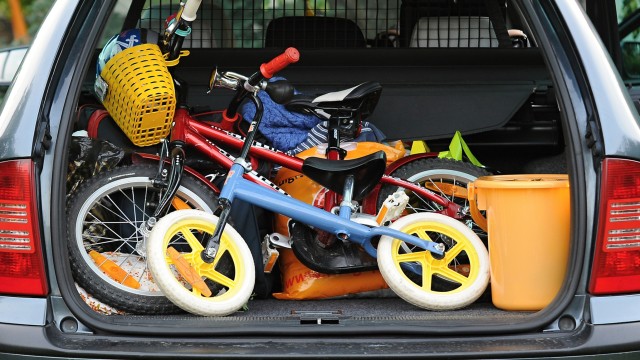
Guide 03
What is important when carrying luggage on the roof or back of the vehicle?
Guide 03
What is important when carrying luggage on the roof or back of the vehicle?
Long road trip, small luggage compartment - if there is nothing like enough room in the vehicle, roof or rear-end racks can provide extra storage space. But amidst all the excitement, the load still has to be properly secured to make sure nothing goes missing in transit. The following checklists must always be observed.
- Never exceed the maximum permissible roof load of your car.
- Never exceed the roof rack load limit.
- Only ever stow the lightest possible luggage on the roof.
- Remember that the extra weight will alter the center of gravity of the car and how it handles.
- If the rear-end rack you are using covers the rear lights, make sure it has its own lights.
- During your journey, regularly check that the luggage on the outside of the car is still properly secured.
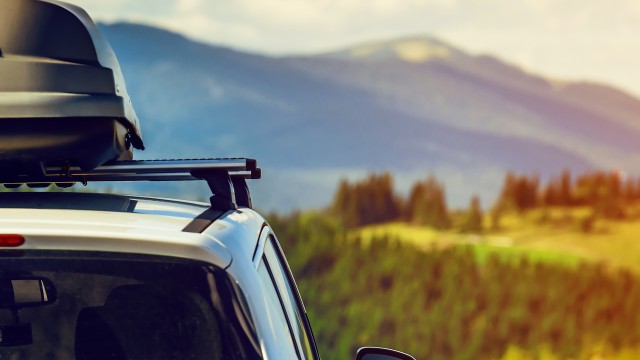
Guide 04
What do you have to think about when towing a caravan?
Guide 04
What do you have to think about when towing a caravan?
Taking your own caravan is the ideal solution if you want to be independent and set up camp wherever you want. As well as plenty of comfort there is also sufficient room for extra luggage. But to make sure you reach your destination safely there are certain checklists with regard to stowing luggage and driving with care.
- Wherever possible secure the luggage with lashing straps or use non-slip mats.
- Always stow heavy items in the middle and directly over the axle to ensure optimum road holding and assist the braking action.
- Drive with care on account of the longer braking distances and reduced pulling power.
- Should the caravan start to skid or swerve, release the accelerator gently and try to keep the car and caravan on course by cautiously counter steering.
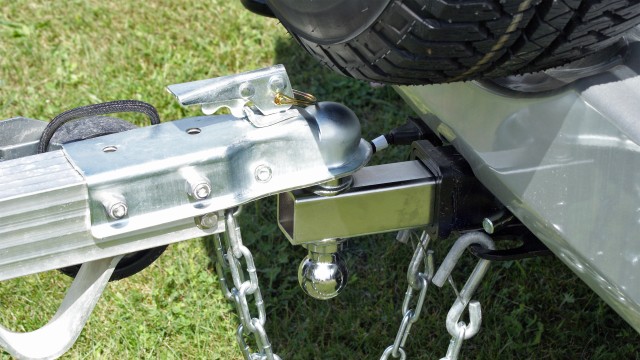
Guide 05
When is it best to get started?
Guide 05
When is it best to get started?
Do not choose your starting time on the basis of the current traffic situation, your own personal performance curve is a more important factor when taking that road trip.
Would you have known? Most people perform best during the morning (8 am till noon) and in the early evening (between 4 and 7 pm). Concentration tends to slump in the early afternoon (between 2 and 4pm) and particularly after midnight. So, we recommend starting off as early as possible on long road trips and having an extensive break around 2 pm. It is not necessarily a good idea to start a road trip in the evening on account of the lower level of concentration and poor visibility.

Guide 06
What should you check again just before starting?
Guide 06
What should you check again just before starting?
With all the turmoil of planning a road trip it is easy to forget important details. So before starting off we recommend making a checklist of the following points once again.
- Have you secured the load properly?
- Have the head restraints been optimally adjusted to your requirements and those of the passengers?
- Are the child seats firmly secured and is everyone wearing their seat belts?
- Have you remembered all the necessary documents (passport, visa, driving license, travel documents, medication, vaccination certificates, health insurance documents, cash, credit card, etc.)?
- Are you aware of all the important rules for driving in different countries (maximum speed, daytime driving light, obligatory warning waistcoat, toll roads and tunnels, etc.)?
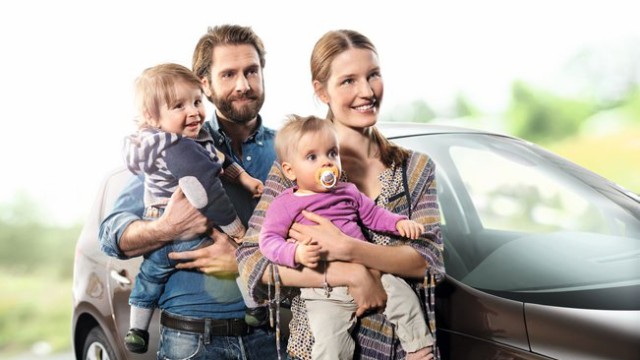
Guide 07
How often should you take a break?
Guide 07
How often should you take a break?
How long you can sit behind the wheel depends above all on how often you take a break and how you then act. The longer you drive without a break, the slower your reactions become and the greater the risk of accidents. Our advice: Take a first break after three or four hours at the latest and get plenty of fresh air. Stop sooner if you are traveling with children. Did you know: Your performance curve takes a sharp dip between 2 and 4 o'clock in the afternoon. So, plan a break of at least 30 minutes in this period. Avoid heavy food. Spreading your meals over the course of the day helps to prevent fatigue.
Watch out for the danger signs: Weary eyes, constant yawning and slowing down of reactions are all early signs of potentially fatal micro-sleep.
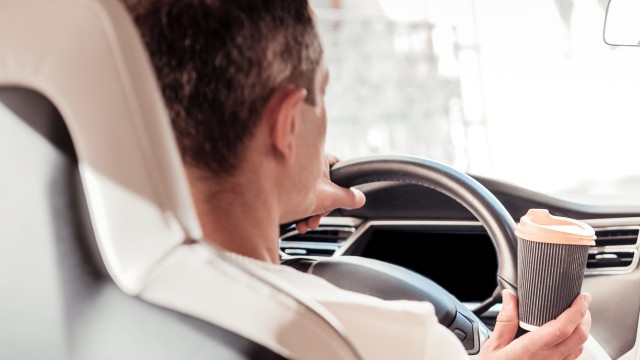
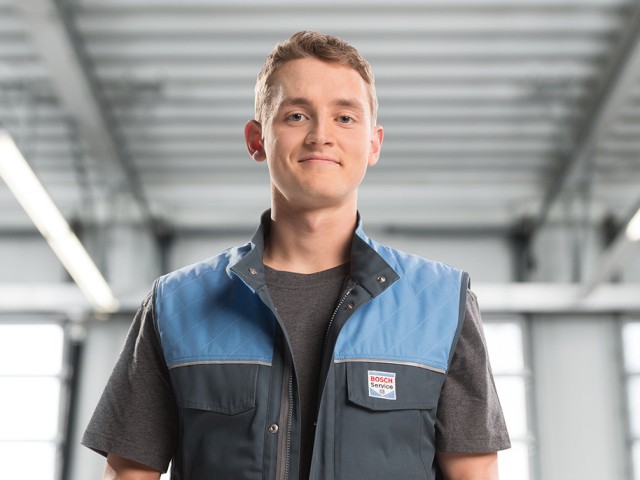
Tips on how to keep your children's spirits up?
“Here’s a checklist on keeping the spirits of the children up.
Plan regular stops during your road trip to give children the chance to run around and let off steam.
Consider children's normal routines and plan to accommodate their usual eating and sleeping times.
If they are old enough, get the children involved in planning the journey so they can help find the best route and follow where they are going.
Keep them entertained and interested during the journey by playing simple guessing games like "I spy".
Don't forget sunshades or little roller blinds to guard against the heat and direct sunlight.”

